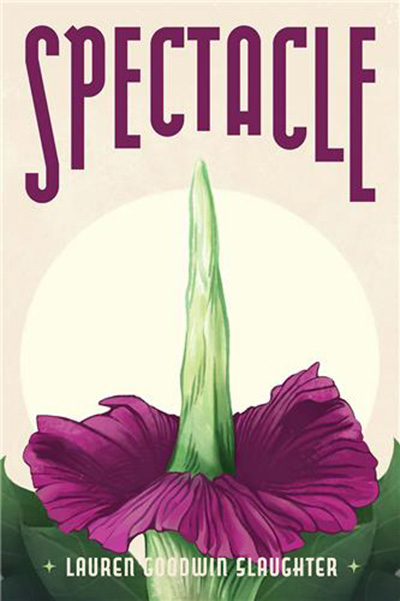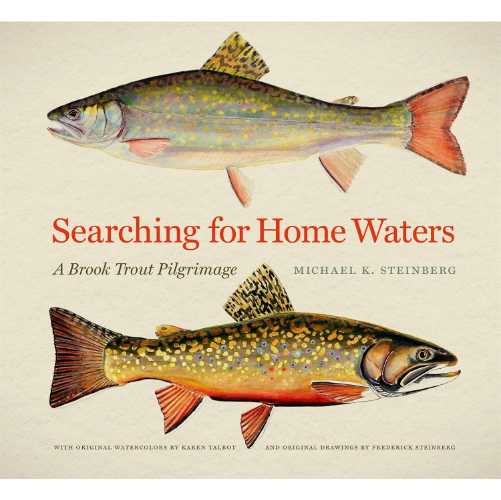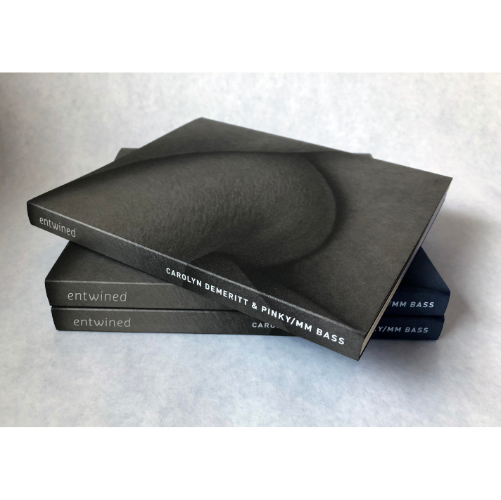By Lauren Goodwin Slaughter
Panhandler Books
Paperback, $15.95
Genre – Poetry
Reviewed by: H. M. Cotton

The word spectacle summons to mind the timeless directive from our elders, “don’t make a spectacle of yourself.” The word carries a lot of weight and is both a striking and fitting title for Lauren Goodwin Slaughter’s newest poetry collection. Right away, Slaughter welcomes us to Spectacle with a visit to the Chicago Botanic Gardens where the notable Alice the Corpse Flower (featured on the front cover) is mobbed by spectators for her remarkable and unexpected bloom.
This first poem sets the tone of the collection by likening women to this magnificent flower which smells like death. She comments on how people are drawn to this moment of flowering the same way women—in their own moments of beauty—are set upon by onlookers. And yet, that stench keeps viewers in check. In this poem we read a caution that to draw attention is to also draw a strange ownership from viewers. To be noticed is to invoke awe, criticism, and danger. And Slaughter’s poems bring the reader to bear on the reality that—for women—this spectacle is ever present.
Sections of this collection are punctuated with several ekphrastic poems derived from the photography of Dutch artist Rineke Dijkstra whose photographs oftentimes accompany the poems in which they feature. The second poem, “Julie, Den Haag, February 29, 1994,” is named after one of Dijkstra’s photographs from her New Mother’s series. The poem takes us to the spectacle of the maternal: sexual energy put to production where it can be evaluated, judged, and compared both to a bag of groceries and to the narrator’s own birthing experience.
Slaughter directs our attention to how touch defines us at the most pivotal moments in our life: the birthing and in giving birth. Because “ . . . this is what a mother does, a mother / holds.” The following poems then take us through an evolution of motherhood. Here we see the mother in action as she raises her children. Putting herself on display as she narrates her thoughts, we sit with her as she watches herself and then as she watches the reader watching her. She is ever aware of the observer’s eye.
Meditation on the feminine spills over into natural science observations with poems reverberating on the ideas of space, dark matter, her son’s concern over the still life of a moth, and the eventual death of the sun which sparks the anxiety of destruction from space: that thing that houses an unknown number of threats that probably won’t hit us in our lifetime (hopefully). Flowers, moths, and the progression of life from birth to death, these poems become mementos of memory and of lives lived. As Slaughter says in “In Praise of Dark Matter,” “I feel you / and believe in this elegant dark theory, / the starry hunger blooming between us.”
What started with such a focus on life and the birth of lives moves to the eventual death of things: completing the life cycle. And in returning to talks of motherhood, we witness the passing on of knowledge—both from those who come before and from those who come after us. Slaughter keeps readers suspended in time with the birth of the narrator’s child while simultaneously contemplating her own mother’s eventual death.
We’re drawn into the spectacle of death as in the poem “Ode to the Funeral Program for My Friend Mark’s Mom” which details commentary on the stylistic choices of funerary pageantry: “Oh, your script in black, Book Antiqua font! // Each margin so perfectly standard! I wondered if Mark offered / his input on your design or just ordered some package deal.” We are reminded that these things are indeed choices of someone, somewhere, and even our observation, approval, or disapproval become part of the whole ritual.
The collection rounds out with two ekphrastic poems in conversation with each other. The penultimate poem “Kolobrzeg, Poland, July 26, 1992” compares photographer Rineke Dijkstra’s picture of an adolescent girl posed on the beach in a one-piece bathing suit to Botticelli’s The Birth of Venus. Both of the subjects of these works—the girl and Venus—pose in similar fashion and Slaughter draws comparison to the spectacle of these images by moving our attention away from the main attraction and toward the overlooked:
Only one delightful detail betrays
the comparison: the girl’s messy socks
of sand clinging to her ankles, as if off-stage
she is forgiven the joy of stomping
mermaids and castles.
Again, Slaughter pulls us from the spectacle to the human. She grounds us in the imperfection and allows us to let this girl simply exist. The ending poem, “Before The Birth of Venus,” imagines the moment right before Venus emerges into the public eye. Slaughter captures the freedom of Venus in a moment of solitary bliss and leaves the reader contemplating how the idea of the spectacle shapes how we think about ourselves. How does the spectacle shape how we present ourselves to deflect scrutiny or the threat of being different?
This collection is like a singular whorled fingerprint on an otherwise crystal-clear sliding-glass door. It reminds us that there’s a barrier between us and the things we see beyond. Spectacle draws attention to the fact that all of us view life through whatever lens we’ve inherited and reminds us of the fact that others are always watching—do with that what we will.
M. Cotton is a writer and teacher from Birmingham, Alabama.





